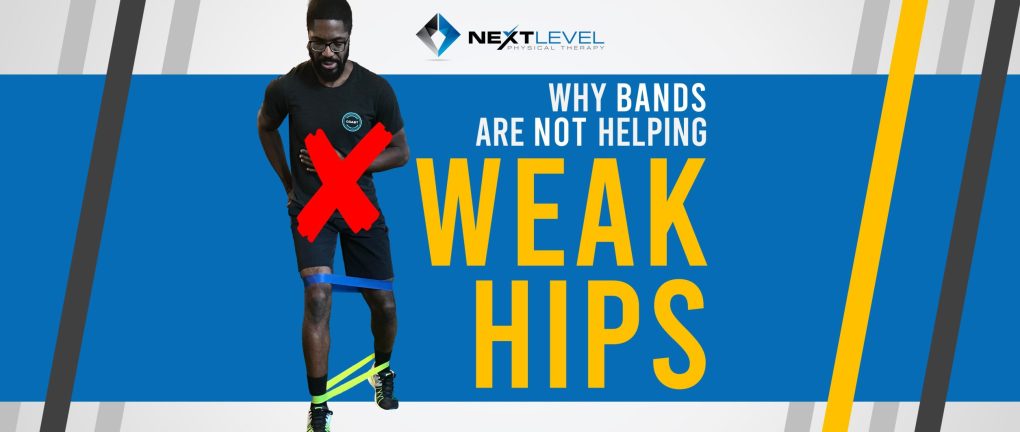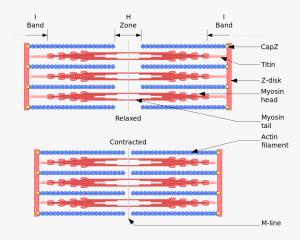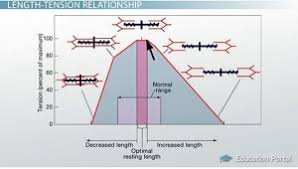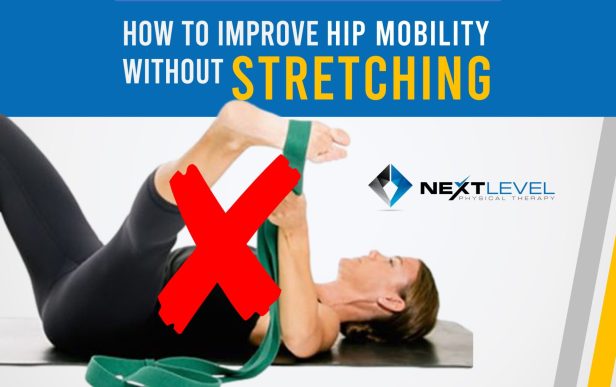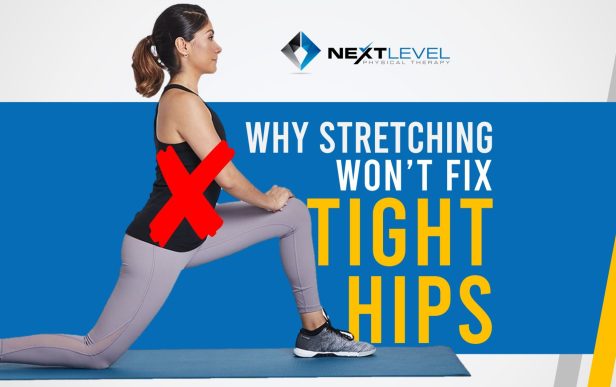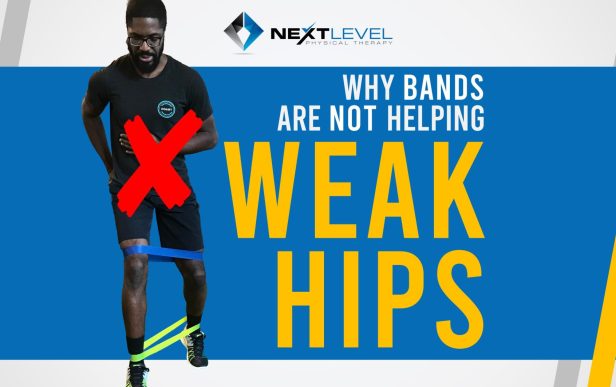Author: Dr. Elyse Dinan, DPT
Many people are told that their knee pain, hip pain, or low back pain is due to weakness in their hips. This is often determined after strength tests show weakness in the ability to use muscles like your glutes, which are important for hip and pelvis stability. The fix is often doing banded hip strengthening exercises, such as putting the band around your legs and doing sideways steps, or exercises such as clamshells. However, these exercises often fall short and don’t actually help reduce pain. Let’s dig into why that might be, and what would be a more appropriate and successful approach.
The first thing to understand is that all muscles have what’s referred to as a “Length-Tension Relationship”. What this means is that the amount of tension that a muscle is able to produce (aka force or strength) is dependent on its length. An easy way to think about this is to imagine you’re doing a pull up. If you start from a dead hang at the very bottom, it is difficult to initiate the force required to start your pullup. However, if you “cheat” and start with your arms already bent, you’ll notice it’s much easier. At the top of the pullup, you will also notice the last 10% tends to be the hardest, when you are fighting to get your chin over the bar. Here it is clear to see that the range in the middle of the movement is the easiest, and you feel the strongest. The reason for this is when you’re at the bottom of the pullup hanging, your muscles are fully stretched and in as long of a position as possible. At the top, they are fully contracted and shortened. Neither fully stretched or fully contracted are ideal positions to generate force from. Just like goldilocks – something right in the middle is ideal to produce as much force as possible.
The science behind this is simple if you understand how a muscle contracts. Within muscle fibers, there are tiny filaments called actin and myosin. These filaments lie parallel to each other, creating the “fiber” of your muscle. Small arms called “myosin heads” reach forward from the myosin and attach to the actin, then pull the actin together to cause the muscle to shorten and squeeze. The picture below will help demonstrate this.
If a muscle is stretched out there will be less overlap between the actin and myosin, and therefore there cannot be as many cross bridge connections and it is harder to contract the muscle. Likewise, if a muscle is fully shortened or squeezing, there is not much more room for the myosin to pull the actin together, as it is nearly all the way together. In either case, this results in lower force production even with higher efforts. The chart below demonstrates the highest force production happens around the middle point of a muscle length.
Now let’s go back to looking at your “weak” hips. While sometimes there are true weaknesses in the hips, this can easily be exacerbated by the position of your hips. If your glutes for instance are extremely tight and rest in more of a contracted position, it will be hard for them to squeeze any further, and will present as “weak”. Likewise, if your glutes are in a more stretched position there won’t be enough overlap to create a strong contraction. These resting positions are influenced not by “tight” or “loose” muscles, but rather tight or loose muscles are a result of the underlying position that they are held in based on the position of your pelvis. This is something that can be easily assessed and screened for in a discovery session at Next Level.
If we do find that the position of your hips is contributing to your “weakness”, the solution is not to just add a band around your knees and try to strengthen your glutes. If anything, this may even contribute further, especially if you are someone who is already in an over contracted state; this old-school strengthening approach may actually be further exacerbating your inability to create force from your hips.
Instead, the first priority should be getting your hips in that nice middle ground, like the goldilocks example, so that your hips will feel like you’re at that mid range of a pullup – strong, healthy, and supported. The right exercises to do this will require a deeper assessment to determine the position of your hips, where we can determine if the muscles are starting in a contracted or relaxed position, from which we can determine the best next steps to get you back to neutral. After that, then we can reinforce this position with strengthening exercises that will help not hurt you, and get you back to 100%. Whether you have knee, hip, or back pain, or are just feeling like you aren’t able to perform at your highest level, addressing these restrictions can help unlock your ability to finally progress.
